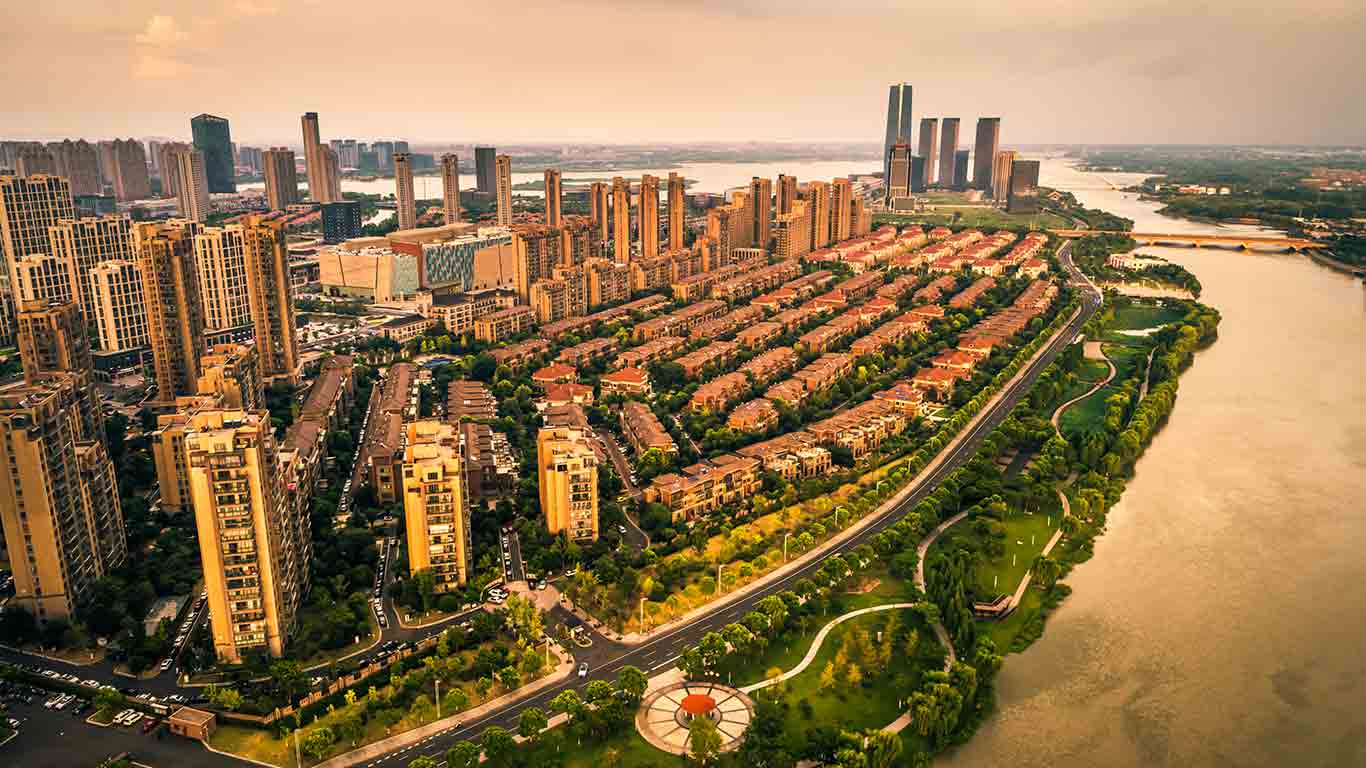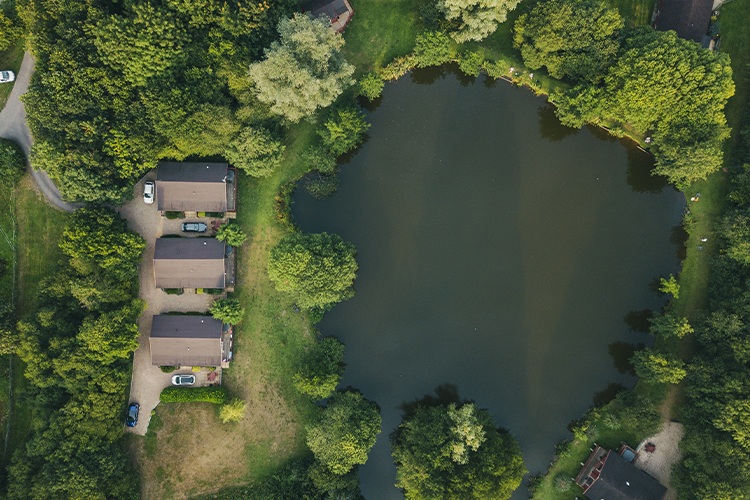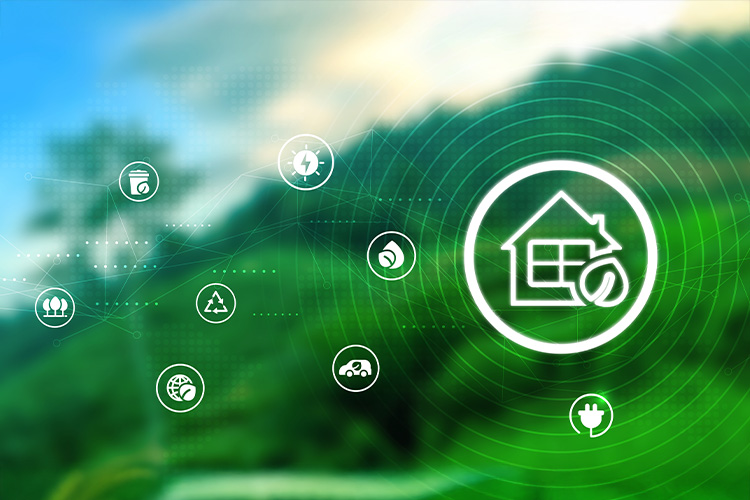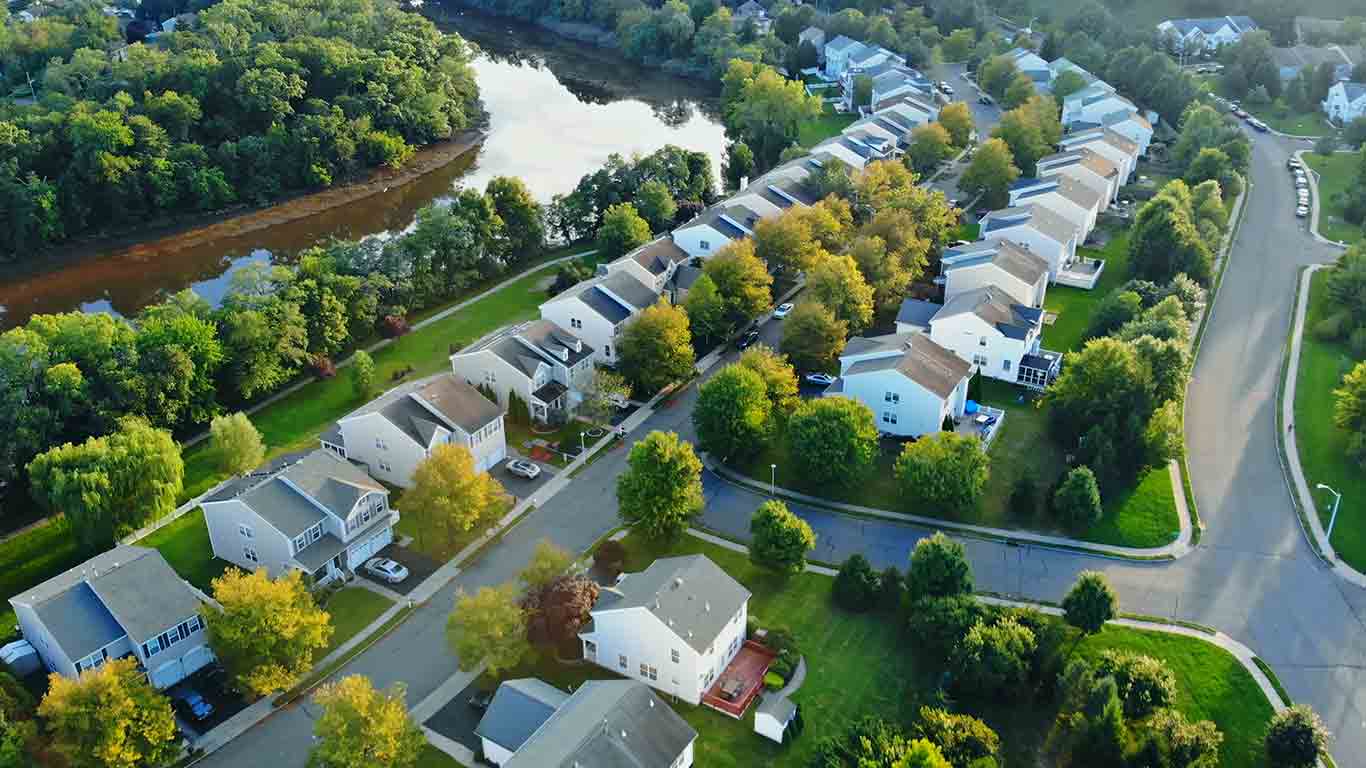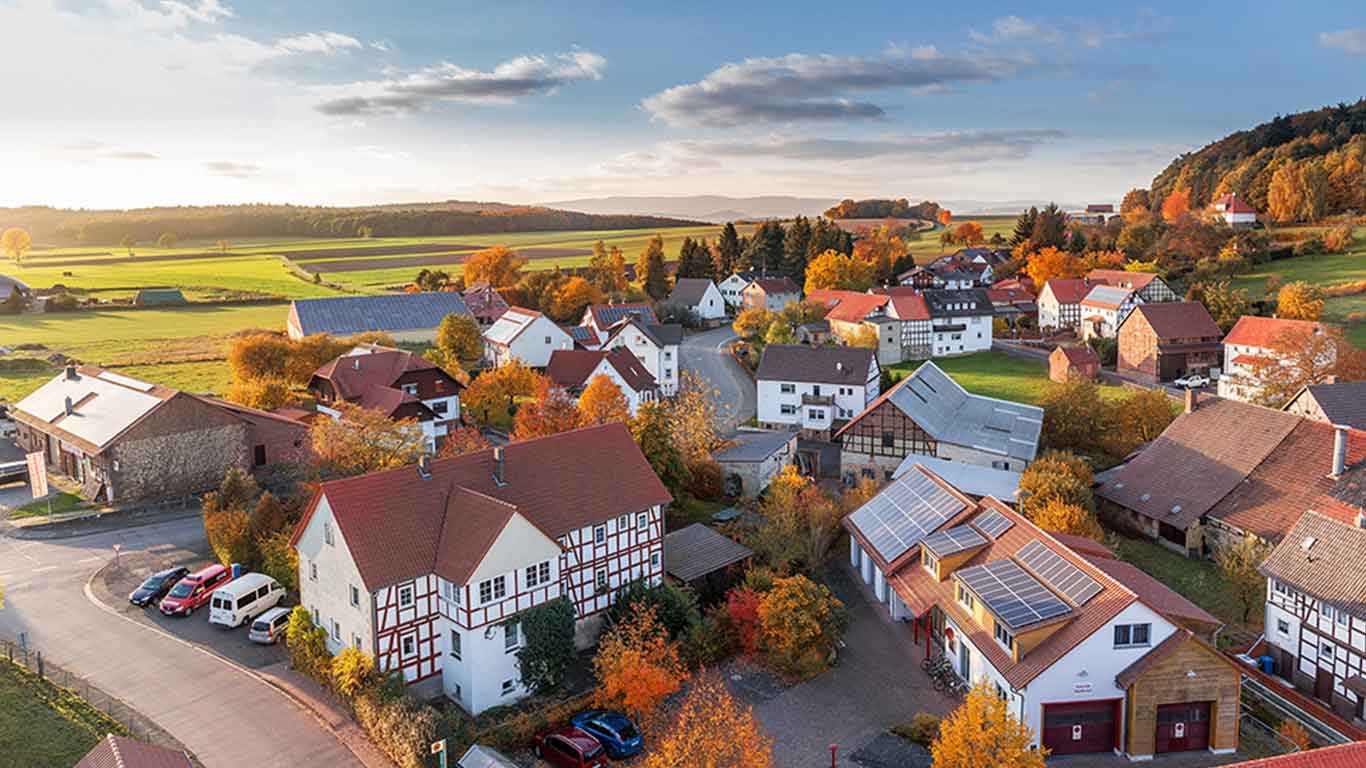Suburban Boom: The Challenges and Opportunities of Rapid Population Growth
By homz | February 23, 2023
The growth of the suburban population in the United States has been significant in recent years, particularly after the pandemic. However, with this growth comes the question of whether the suburban infrastructure is prepared to handle such a significant influx of people. The answer, unfortunately, is that it is not. The infrastructure in America’s suburbs is in dire need of modernization. With more people moving to the suburbs in search of larger homes, more space, and a higher quality of life, it’s important to consider the challenges and opportunities that this population boom presents.
Following are some important challenges that suburban population growth leads to in the United States:
-
Changing demographics of the country:
The US population is evolving, with Gen Z now accounting for approximately 21% of the total population. This means that public managers must re-architect the public values to make them more suitable for future generations. This includes not just providing basic public infrastructure like roads and transportation but also addressing other needs such as advanced healthcare, education, employment, and convenience.
-
Lack of affordable housing:
As more people move to the suburbs, the demand for housing increases, which can drive up prices and make it difficult for low and moderate-income families to find an affordable place to live. This can lead to increased housing insecurity.
-
Limited access to essential services and amenities:
Many suburban areas are not designed to accommodate the needs of a growing population, which can lead to limited access to essential services and amenities like healthcare, education, and employment opportunities.
-
Environmental degradation and loss of green spaces:
The suburban sprawl can lead to the loss of green spaces, pollution, and degradation of natural habitats. This can have a negative impact on both the environment and the quality of life for residents.
-
Overburdened public services and utilities:
As the population grows, so does the demand for public services and utilities. As a result, schools, hospitals, transportation, and emergency services may be overburdened.
-
Lack of facilities for older residents:
As the population ages, it becomes important to address the specific needs of older residents. But the growing population also leads to a shortage of facilities for the older residents, including hassle-free mobility, healthcare, transportation, community engagement, etc.
At HOMZ, we are working to address these challenges by developing futuristic sustainable housing communities. We are doing this through the use of public-private partnerships, which allows us to bring together the resources and expertise of both the public and private sectors.


 info@homzglobal.com
info@homzglobal.com




